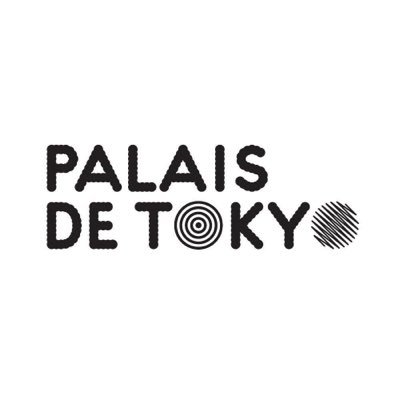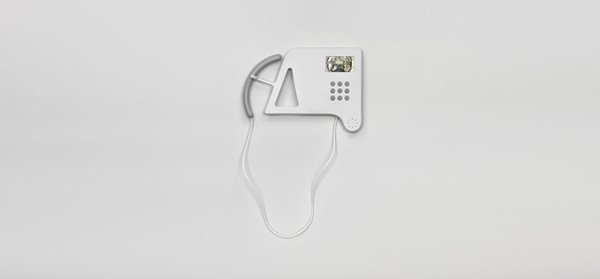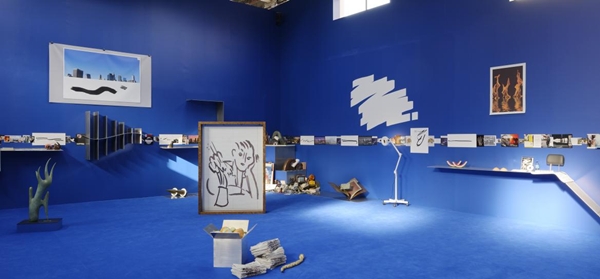"Days are Dogs"Camille Henrot
presented by the gallery :

METRO PICTURES
519 West 24th Street New York, NY 10011T 212 206 7100 e-mail:


Curator: Daria de Beauvais

Palais de Tokyo
13, avenue du Président Wilson 75 116 Paris+33 1 47 23 54 01 email :
18 October, 2017 > 7 January, 2018
 |
 |
 |
Palais de Tokyo is delighted to offer French-born international artist Camille Henrot (b. 1978 in Paris, lives in New York) its third Carte Blanche exhibition.
Titled “Days are Dogs”, Henrot’s exhibition questions the relationships of authority and fiction that determine our existence, and is organized around one of the most foundational structures in our lives – the week.
Years are measured by the journey of the Earth around the Sun; months derive from the position of the Moon; days correspond to a rotation of the Earth. The week, by contrast, is a fiction, a human invention. Yet that does not diminish its emotional and psychological effects. We experience it as a narrative cycle, structured by the particular qualities of its component days.
Each room of the exhibition evokes a day of the week – an open world where conventions, emotions, and individual freedom are playfully confronted with one another.
Our days take their names from the cosmos and mythology – the Moon for Monday, the god Thor for Thursday, the god Saturn for Saturday – and the viewer is invited into a new human mythology, both contemporary and timeless: a mythology from the Internet age, where emotions are marked by each day’s hashtag. The exhibition as a whole operates through the composition and recomposition of archipelagoes of artworks – works by Camille Henrot herself, some of them presented for the first time, as well as those by international artists with whom she entertains a dialogue, broadening the scope of each day.
The exhibition explores the ways in which the invention of the seven day week structures our relationship to time. It reveals the way the notion of the week reassures us — giving us routines and a common framework — just as much as it alienates us, creating a set of constraints and dependencies.
Titled “Days are Dogs,” in reference to the expression for the sultry days of summer (“dog days”), the exhibition will be divided into seven thematic parts, each dedicated to a day of the week. Viewers will experience works that reflect the emotions and activities associated with each day as they move from day to day. Using this structure to organize her exhibition, Henrot emphasizes the impact of the dependencies, frustrations, and desires that emerge while living through the rhythm of the week. The exhibition explores ideas such as submission and revolt, both on an intimate, personal level — the http://www.palaisdetokyo.com/fr/evenement/carte-blanche-camille-henrot#dynamic of sexual relationships, for instance — and on a larger social level, where sociopolitical, economic and ideological power is abused and suffered.
Demonstrating the remarkable range of her artistic practice, Henrot presents mosaics, frescoes, and bronzes along with new works such as Saturday, her most important film since Grosse Fatigue (2013, Silver Lion at the Venice Biennale). Recent works conceived in anticipation of the carte blanche are also included.
Since the first presentation of Henrot’s now internationally recognised work in 2007, Palais de Tokyo has consistently exhibited her artwork.
Titled “Days are Dogs”, Henrot’s exhibition questions the relationships of authority and fiction that determine our existence, and is organized around one of the most foundational structures in our lives – the week.
Years are measured by the journey of the Earth around the Sun; months derive from the position of the Moon; days correspond to a rotation of the Earth. The week, by contrast, is a fiction, a human invention. Yet that does not diminish its emotional and psychological effects. We experience it as a narrative cycle, structured by the particular qualities of its component days.
Each room of the exhibition evokes a day of the week – an open world where conventions, emotions, and individual freedom are playfully confronted with one another.
Our days take their names from the cosmos and mythology – the Moon for Monday, the god Thor for Thursday, the god Saturn for Saturday – and the viewer is invited into a new human mythology, both contemporary and timeless: a mythology from the Internet age, where emotions are marked by each day’s hashtag. The exhibition as a whole operates through the composition and recomposition of archipelagoes of artworks – works by Camille Henrot herself, some of them presented for the first time, as well as those by international artists with whom she entertains a dialogue, broadening the scope of each day.
The exhibition explores the ways in which the invention of the seven day week structures our relationship to time. It reveals the way the notion of the week reassures us — giving us routines and a common framework — just as much as it alienates us, creating a set of constraints and dependencies.
Titled “Days are Dogs,” in reference to the expression for the sultry days of summer (“dog days”), the exhibition will be divided into seven thematic parts, each dedicated to a day of the week. Viewers will experience works that reflect the emotions and activities associated with each day as they move from day to day. Using this structure to organize her exhibition, Henrot emphasizes the impact of the dependencies, frustrations, and desires that emerge while living through the rhythm of the week. The exhibition explores ideas such as submission and revolt, both on an intimate, personal level — the http://www.palaisdetokyo.com/fr/evenement/carte-blanche-camille-henrot#dynamic of sexual relationships, for instance — and on a larger social level, where sociopolitical, economic and ideological power is abused and suffered.
Demonstrating the remarkable range of her artistic practice, Henrot presents mosaics, frescoes, and bronzes along with new works such as Saturday, her most important film since Grosse Fatigue (2013, Silver Lion at the Venice Biennale). Recent works conceived in anticipation of the carte blanche are also included.
Since the first presentation of Henrot’s now internationally recognised work in 2007, Palais de Tokyo has consistently exhibited her artwork.

mpefm
FRANCE art press release
Opening hours:
Palais de Tokyo is open from noon to midnight every day except Tuesday
Closed annually on January 1, May 1 and December 25
Special closing time at 6pm on December 24 and 31
ADMISSION CHARGE
An entry ticket grants access to all exhibitions, as well as the vast majority of events and certain guided tours.
Admission price – 12 €
Concessions * – 9 €
Discounted rate for under 26-year-olds, students, teachers, members of the Maison des artistes and beneficiaries of ticket subsidies.
Free admission *
Free entry for under 18-year-olds, recipients of Income Support or Jobseeker's Allowance, Ministry of Culture and Communication employees, ICOM, IKT, journalists, lecturer-guides, teacher passes, Seniors (OAPs), registered disabled and accompanying companion or carer.
* On production of the relevant documents issued within the 3 months prior to visit.

Palais de Tokyo is open from noon to midnight every day except Tuesday
Closed annually on January 1, May 1 and December 25
Special closing time at 6pm on December 24 and 31
ADMISSION CHARGE
An entry ticket grants access to all exhibitions, as well as the vast majority of events and certain guided tours.
Admission price – 12 €
Concessions * – 9 €
Discounted rate for under 26-year-olds, students, teachers, members of the Maison des artistes and beneficiaries of ticket subsidies.
Free admission *
Free entry for under 18-year-olds, recipients of Income Support or Jobseeker's Allowance, Ministry of Culture and Communication employees, ICOM, IKT, journalists, lecturer-guides, teacher passes, Seniors (OAPs), registered disabled and accompanying companion or carer.
* On production of the relevant documents issued within the 3 months prior to visit.
QR of this press release
in your phone, tablet








